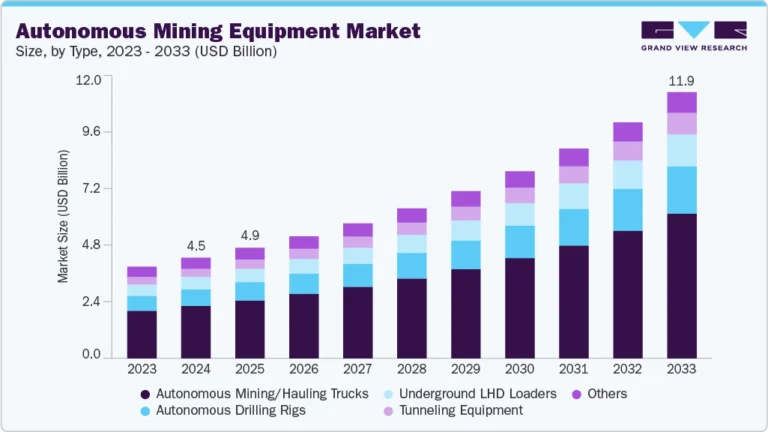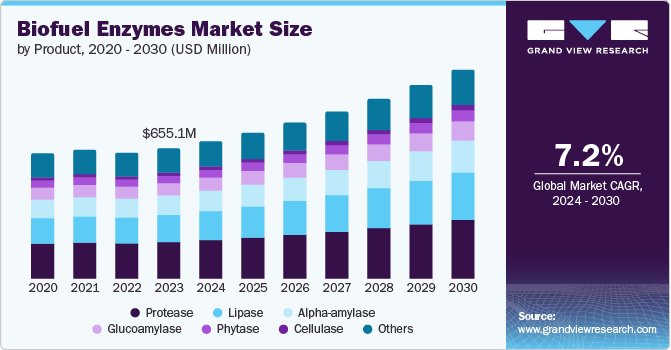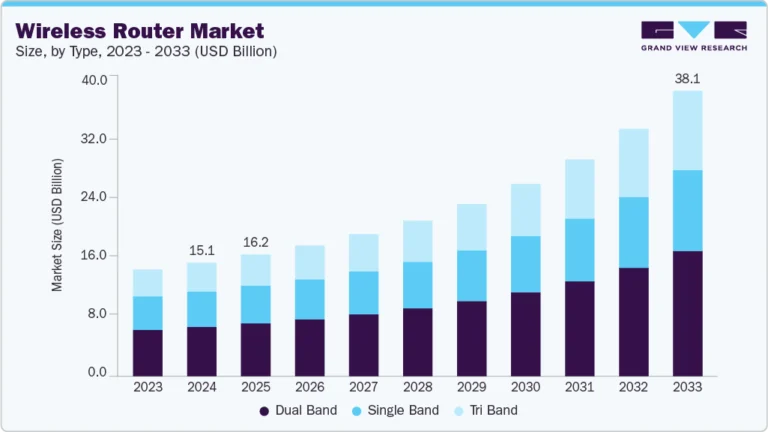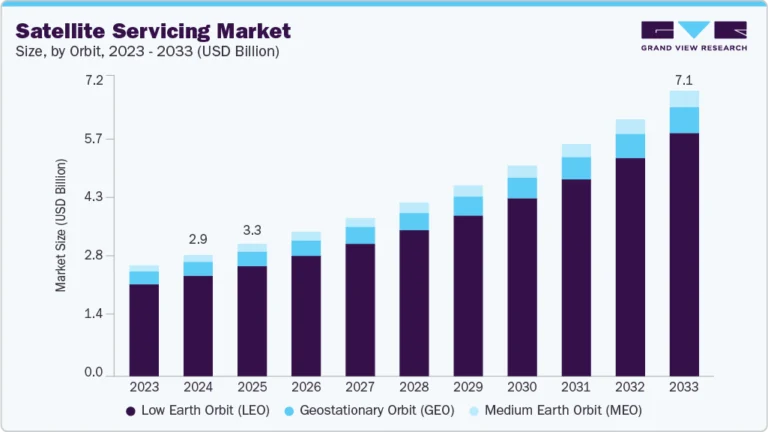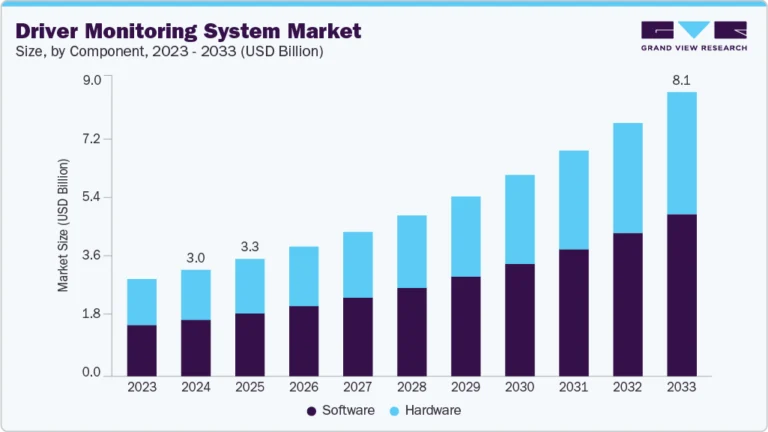Commerce Cloud Market Size, Share & Trends Analysis grow at a CAGR of 22.8% from 2024 to 2030

The global commerce cloud market size was estimated at USD 17.78 billion in 2023 and is expected to grow at a CAGR of 22.8% from 2024 to 2030. The market is experiencing robust growth driven by several key factors. The increasing shift towards e-commerce, accelerated by the COVID-19 pandemic, has pushed businesses of all sizes to adopt cloud-based commerce solutions to enhance scalability, flexibility, and customer engagement. The need for personalized customer experiences, omnichannel retail strategies, and seamless integration across various platforms has fueled the demand for advanced commerce cloud platforms. Moreover, the rapid adoption of mobile commerce and the increasing preference for subscription-based business models are further propelling the market growth.
Request a free sample copy or view report summary: https://www.grandviewresearch.com/industry-analysis/commerce-cloud-market-report/request/rs1
Significant opportunities are emerging within the market, particularly in artificial intelligence (AI) and machine learning (ML) integration. These technologies enable businesses to analyze vast customer data, optimize pricing strategies, and deliver highly personalized shopping experiences. In addition, the rise of digital payments and the growing demand for B2B e-commerce solutions present substantial opportunities for market growth. Companies that leverage AI-driven analytics and offer comprehensive B2B solutions are poised to capture a larger market share.
Key market trends include the growing emphasis on sustainability and ethical consumerism. Consumers increasingly favor brands that demonstrate a commitment to environmental and social responsibility. As a result, commerce cloud providers are incorporating features that enable businesses to track and report on sustainability metrics, offering transparency to eco-conscious consumers. Another trend is the rise of headless commerce, which decouples the front-end presentation layer from the back-end commerce engine, allowing for greater flexibility and customization in creating unique customer experiences.
Moreover, the increasing scrutiny of antitrust practices, especially in the tech industry, may influence market dynamics, particularly for large cloud providers. Companies must navigate legal challenges while adapting to evolving political landscapes, which can impact trade policies, tariffs, and cross-border data flows. Furthermore, the market’s legal and political environment is complex and varies across regions. Data privacy regulations, such as the General Data Protection Regulation (GDPR) in Europe and the California Consumer Privacy Act (CCPA) in the United States, impose stringent requirements on how businesses collect, store, and process customer data. Compliance with these regulations is critical for businesses operating in the global market, as non-compliance can result in hefty fines and damage to brand reputation.
Offering Insights
The public segment accounted for the largest market share of over 56% in 2023. The public cloud segment in the market is experiencing robust growth, driven by the increasing adoption of cloud-native technologies by enterprises looking to scale operations rapidly. A key trend is the shift toward omnichannel retail strategies, which require scalable and flexible infrastructure that public cloud solutions offer. Retailers increasingly leverage public cloud platforms to unify their online and offline sales channels, enhance customer experiences, and implement advanced analytics for personalized marketing. Furthermore, the lower upfront costs and pay-as-you-go pricing models of public cloud services make it an attractive option for businesses, particularly SMEs, aiming to minimize capital expenditures while maintaining the ability to scale quickly.
The hybrid segment is expected to grow significantly during the forecast period. The hybrid cloud segment is gaining traction in the market, particularly among enterprises that require a balance between the scalability of the public cloud and the control offered by private cloud infrastructure. A key trend driving this growth is the need for businesses to maintain control over sensitive data and mission-critical applications while taking advantage of the public cloud’s scalability and flexibility. Hybrid cloud solutions allow companies to optimize their IT environments by placing sensitive workloads on private clouds and less critical operations on public clouds. This enables a tailored approach that meets specific business needs.

